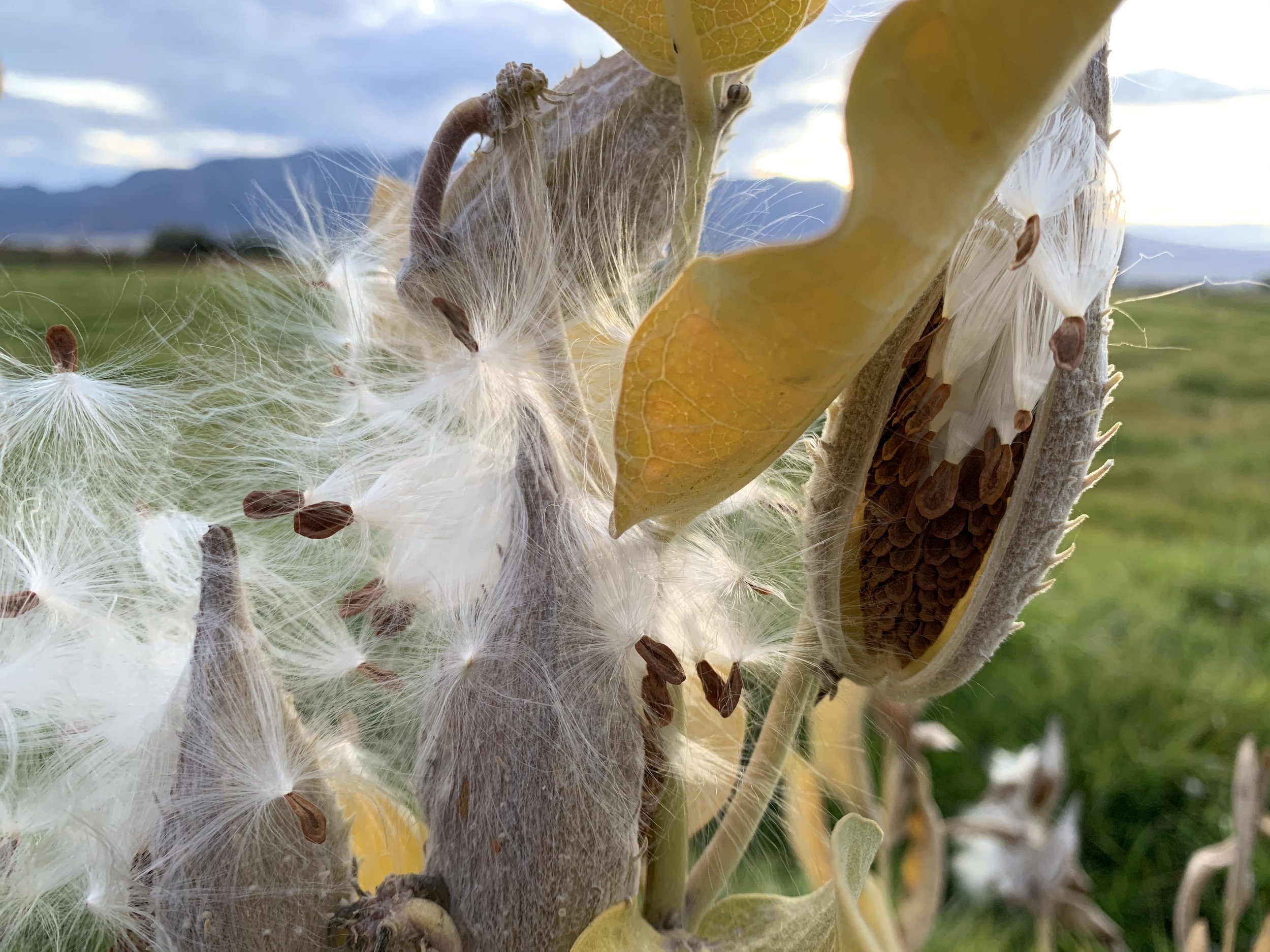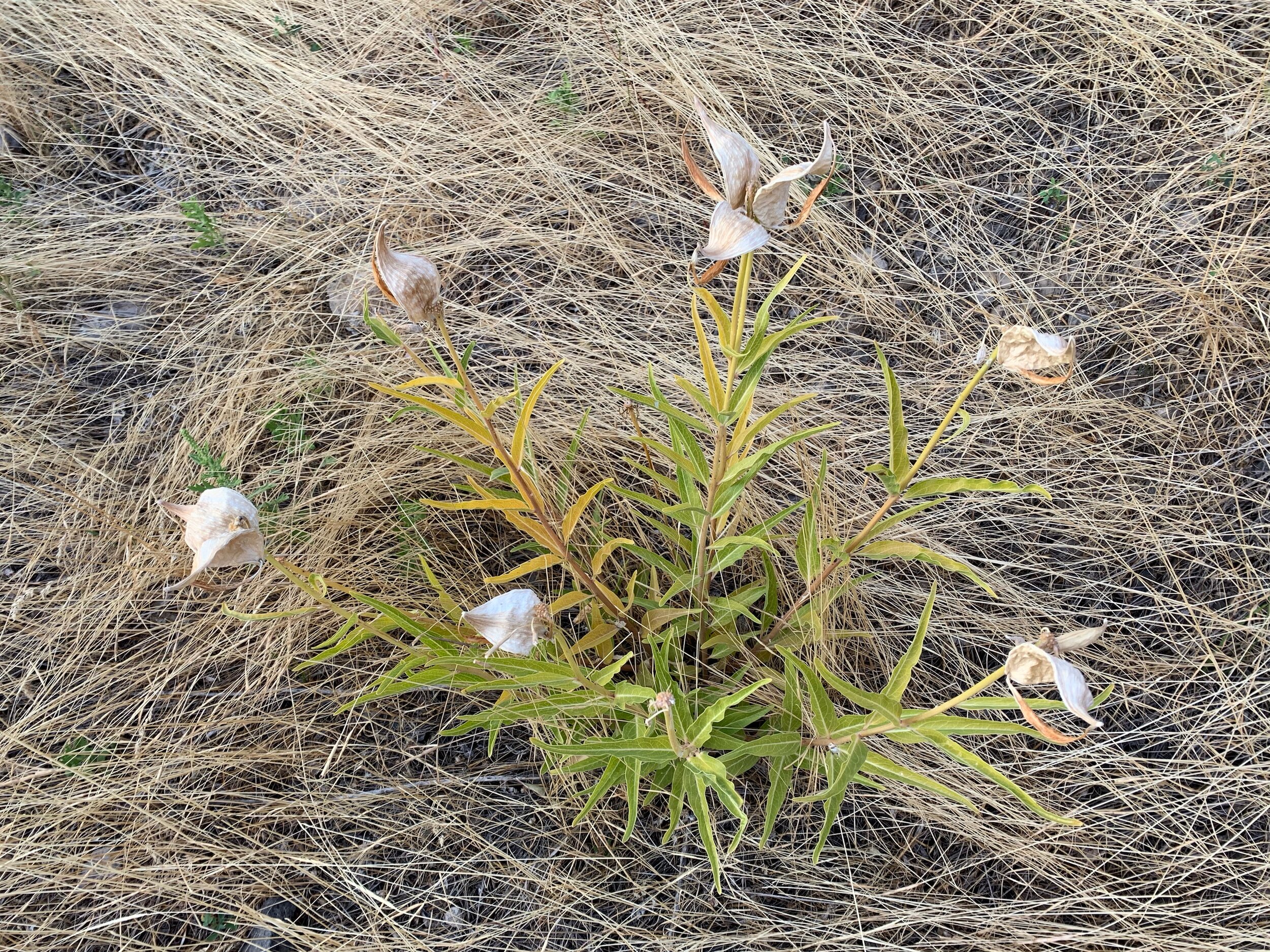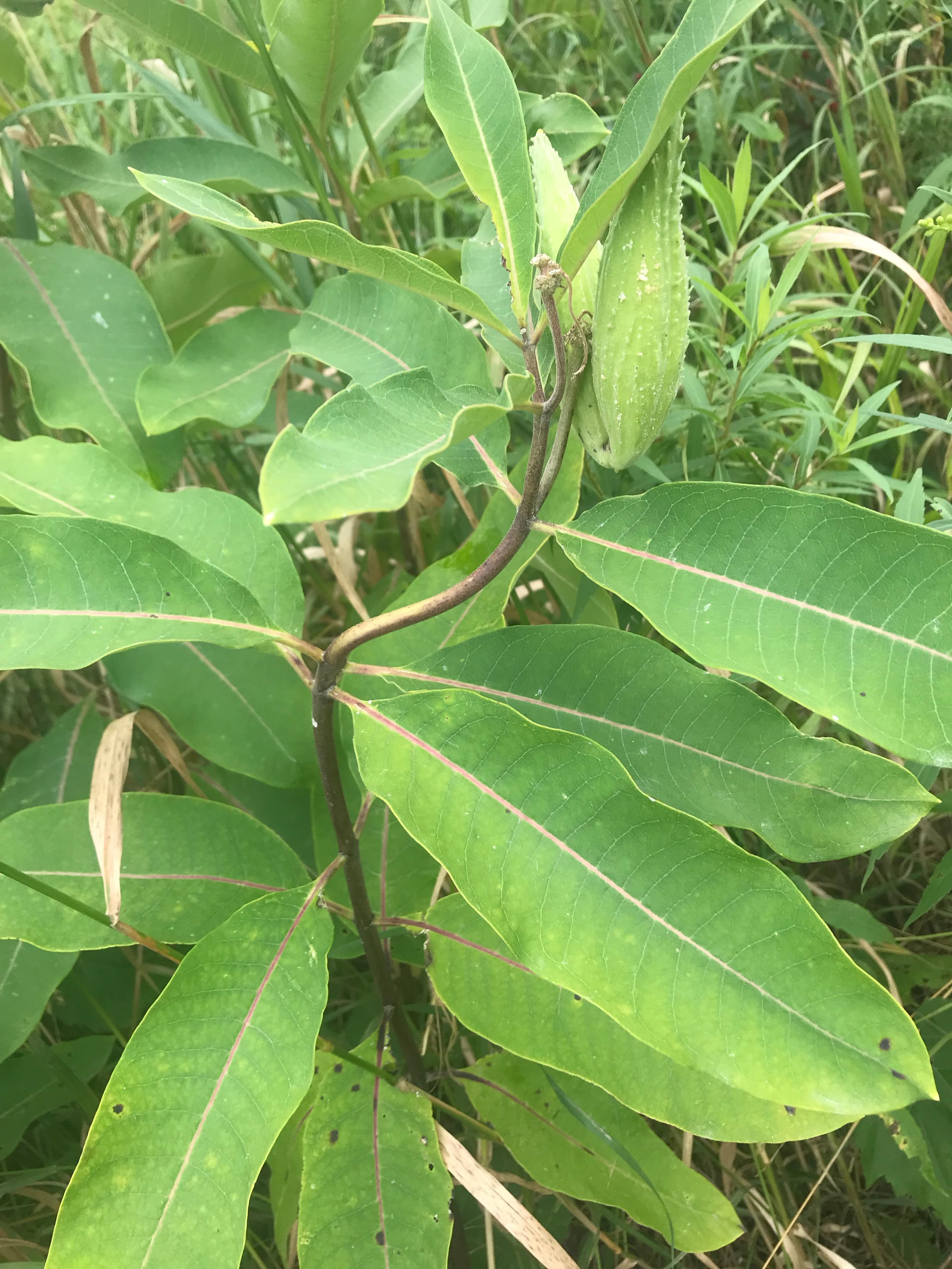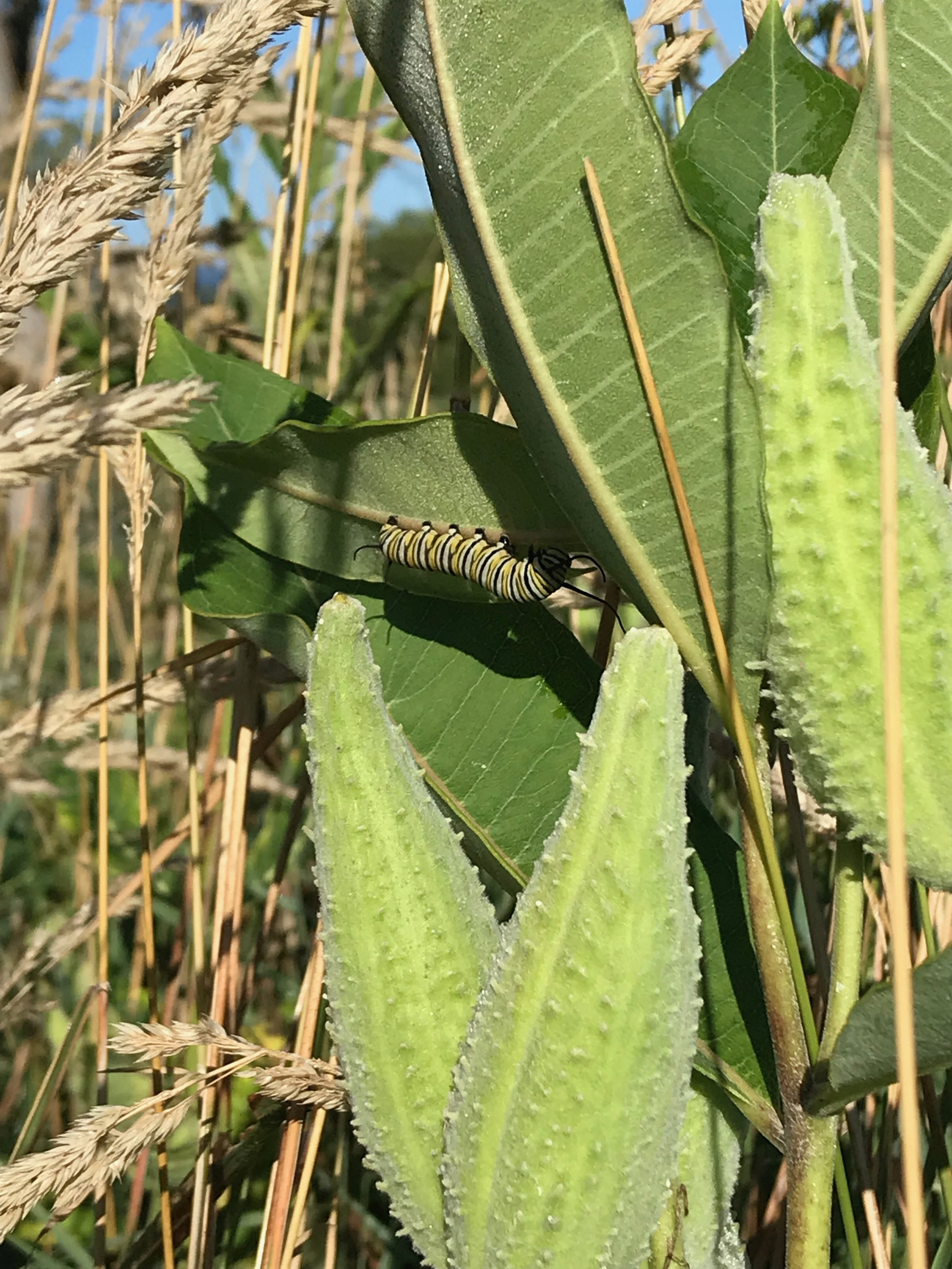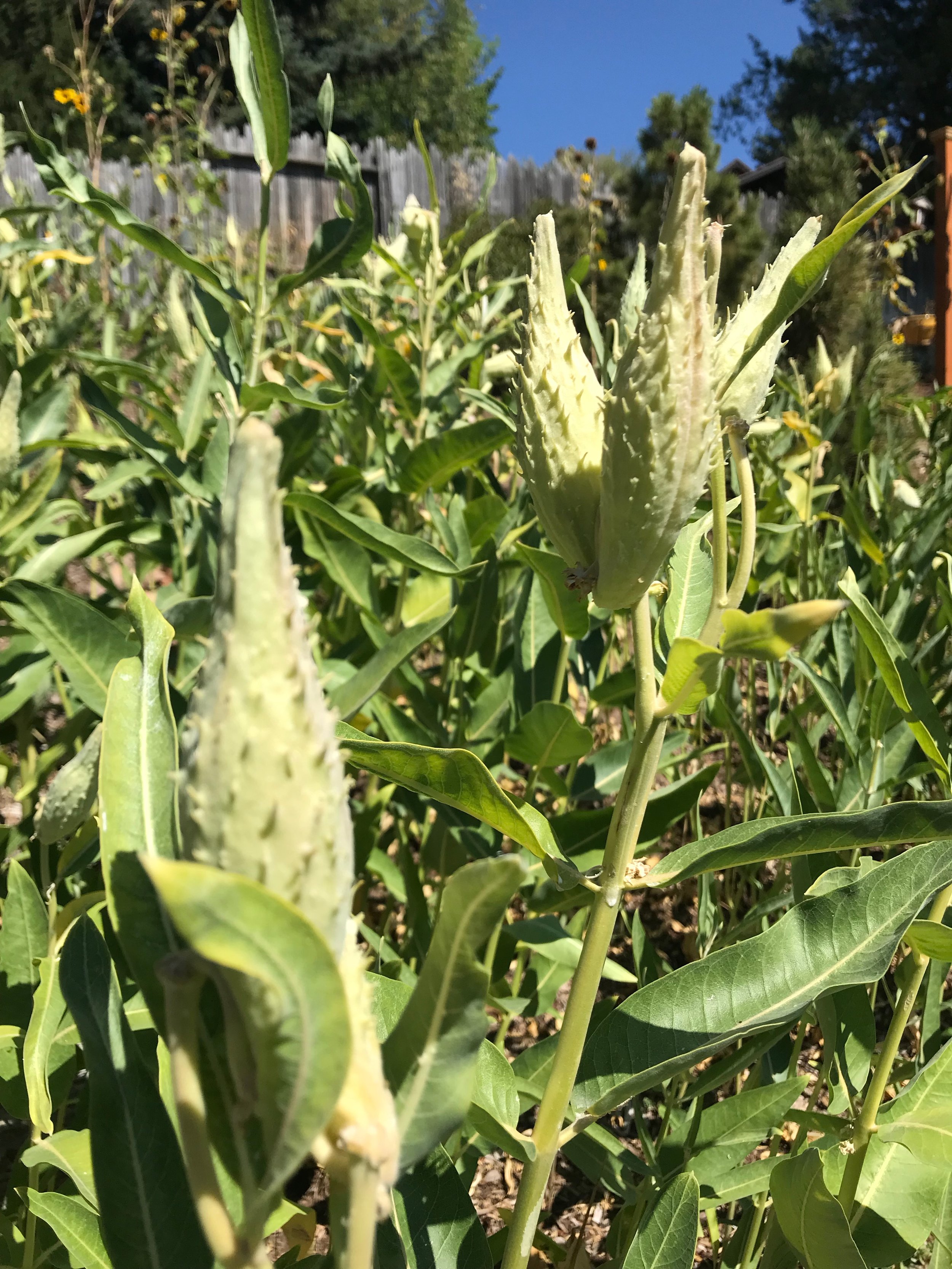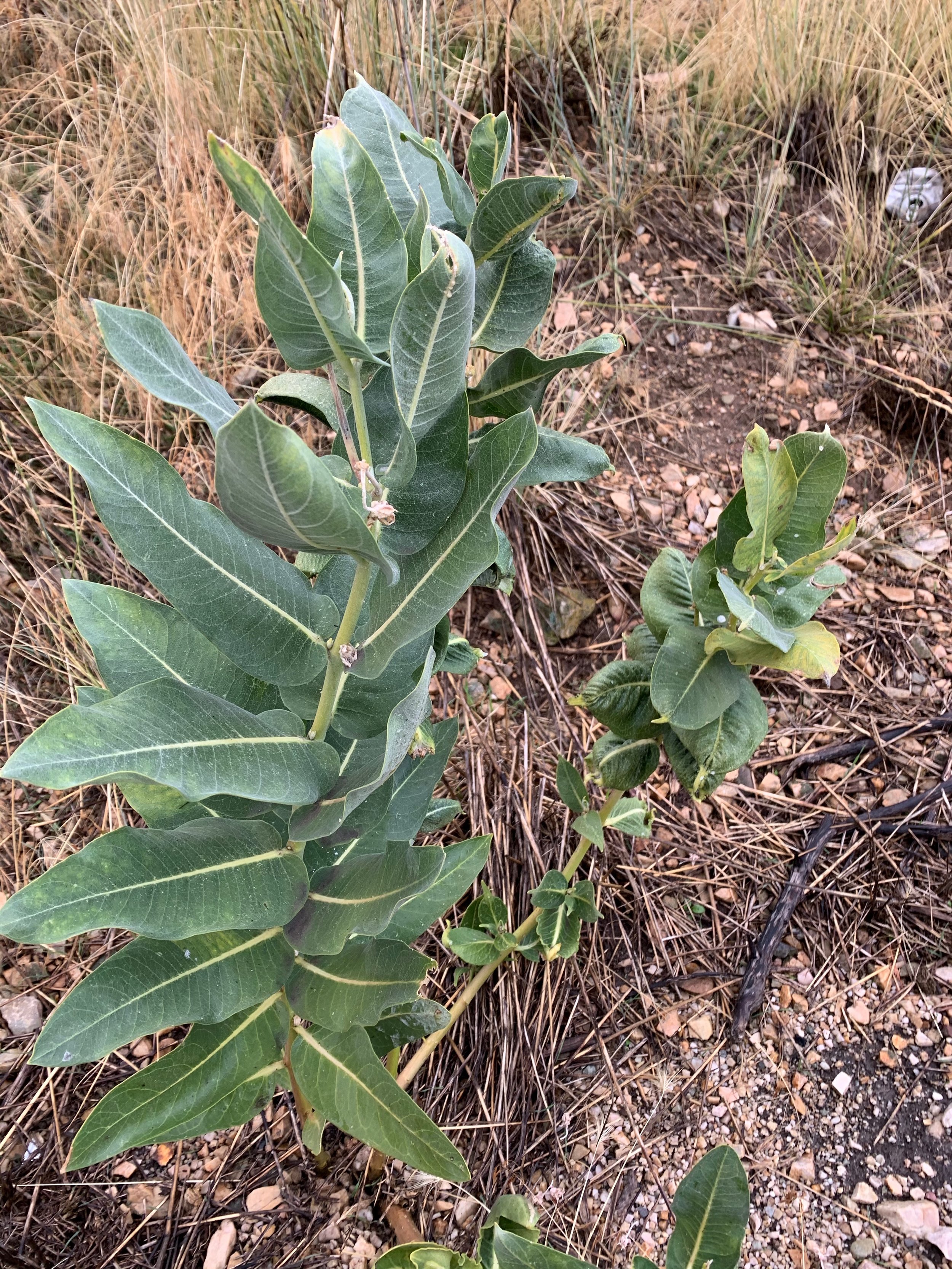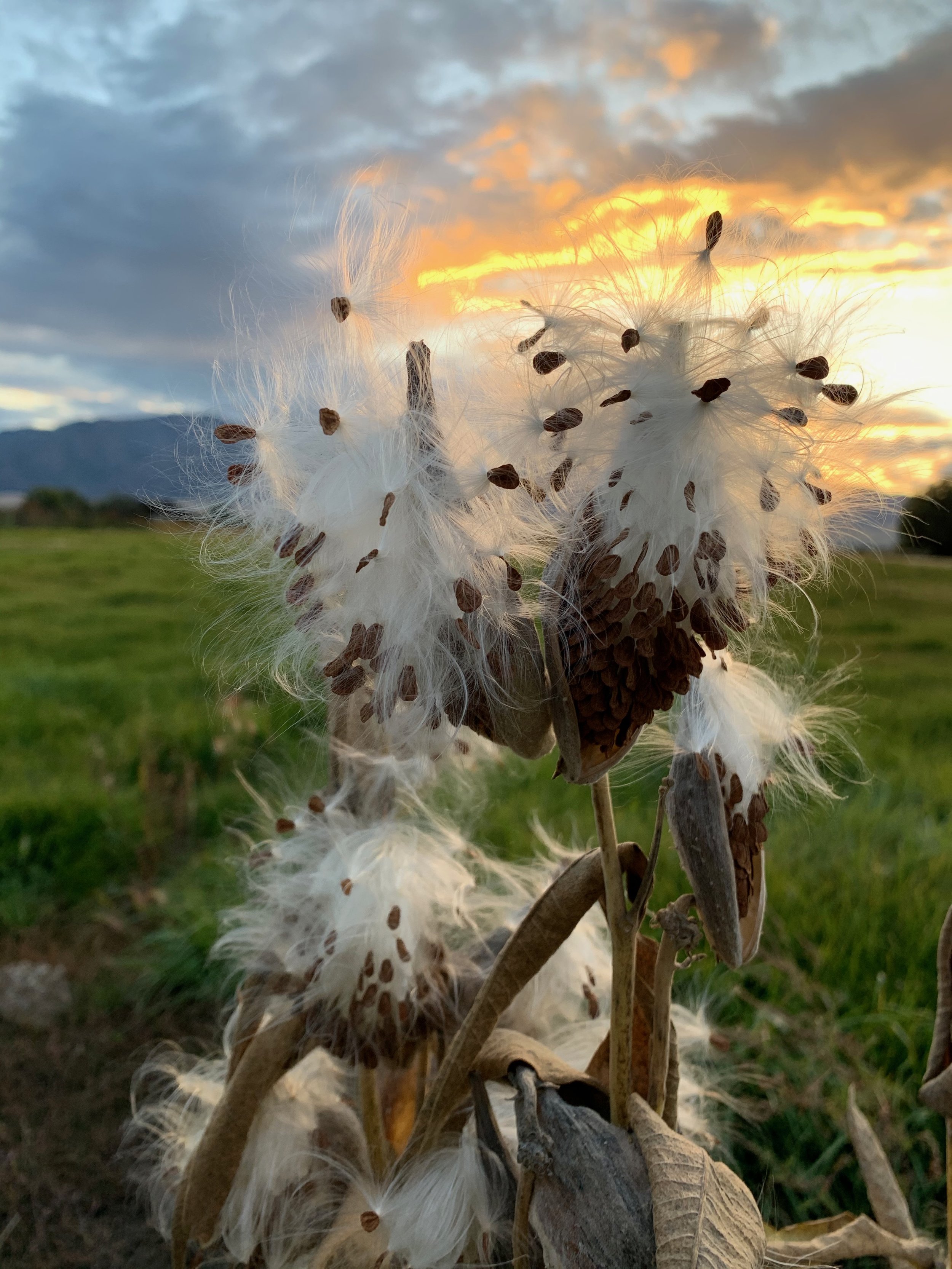There are 108 species of milkweed in North America. Of those, 16 varieties are primarily used by monarchs during their migrations across the Western US. Each of these native, unique species are specialized for their environments and adapted to regionally specific climates. Monarchs seem to prefer certain species at different locations along their 5 generation migration route, providing both forage and reproductive habitats, as well as protection along the way. When ingested by caterpillars, chemicals in the milkweed plant (cardiac glycosides) make monarchs toxic to many predators (read this great article in New York Times if you want more information on how Butterflies Evolved to Eat Poison) While some predators have adapted to overcome this toxicity and will consume monarchs, most tend to avoid them. Below is a list of western milkweed species - organized by region - that monarchs tend to favor. Additional reports and archives can be found on the Western Monarch Milkweed Mapper:
Arizona Milkweed Region (AZ):
Antelope Horn Milkweed (Asclepias asperula)
Arizona Milkweed (Asclepias anguvstifolia)
Broadleaf Milkweed (Asclepsias latifolia)
Butterfly Weed (Asclepias tuberosa)
Desert Milkweed (Asclepias erosa)
Engelmann's Milkweed (Asclepias engelmanniana)
Horsetail Milkweed (Asclepias subverticillata)
Mojave Milkweed (Asclepias nyctaginifolia)
Pine-needle Milkweed (Asclepias linaria)
Rush Milkweed (asclepias subulata)
California Milkweed Region (CA):
California Milkweed (Asclepias california)
Desert Milkweed (Asclepias erosa)
Heartleaf Milkweed (Asclepias cordifolia)
Narrowleaf Milkweed (Asclepias fascicularis)
Showy Milkweed (Asclepias speciosa)
Wooly Milkweed (Asclepias vestita)
Wooly Pod Milkweed (Asclepias eriocarpa)
South Central Region (OK, TX):
Antelope Horn Milkweed (Asclepias asperula)
Green Antelopehorn Milkweed (Asclepias viridis)
Zizotes Milkweed (Asclepias oenotheroides)
Western Milkweed Region (CO, ID, MT, NM, NE, KS, ND, NV, OR, SD, UT, WA, WY):
Antelope Horn Milkweed (Asclepias asperula)
Broadleaf Milkweed (Asclepias latifolia)
Common Milkweed (Asclepias syriaca)
Narrowleaf Milkweed (Asclepias fascicularis)
Showy Milkweed (Asclepias speciosa)
Swamp Milkweed (Asclepias incarnata)
Whorled Milkweed (asclepias verticillata)
Milkweed Slideshow will be updated as we expand our milkweed photo library!

